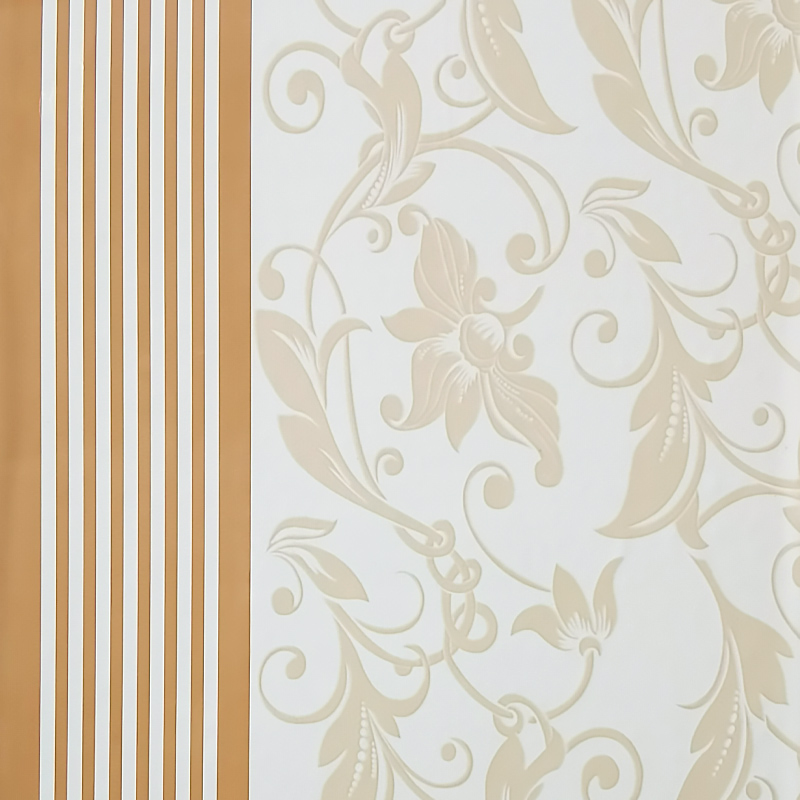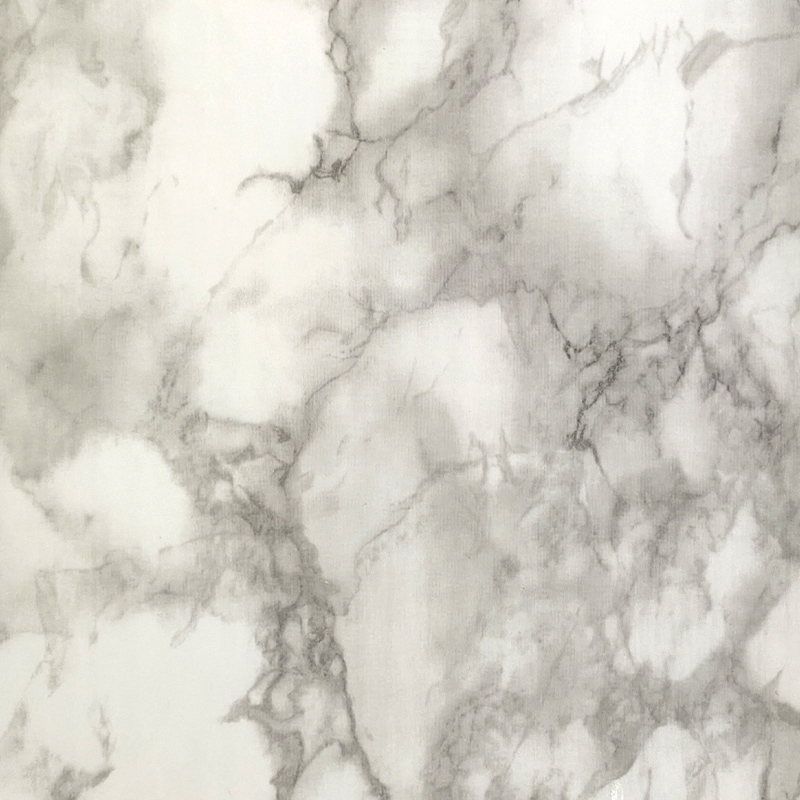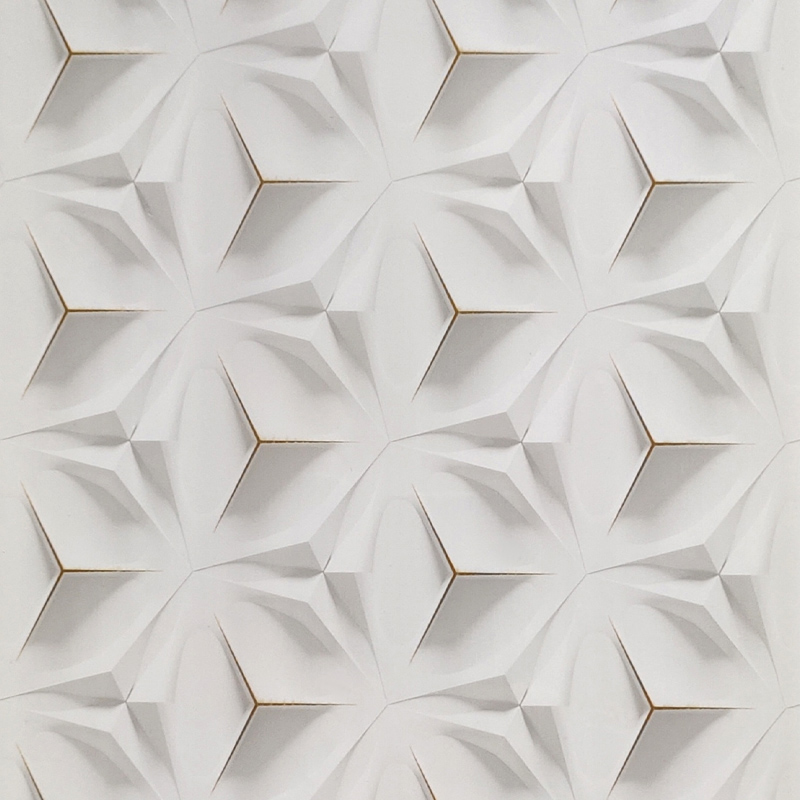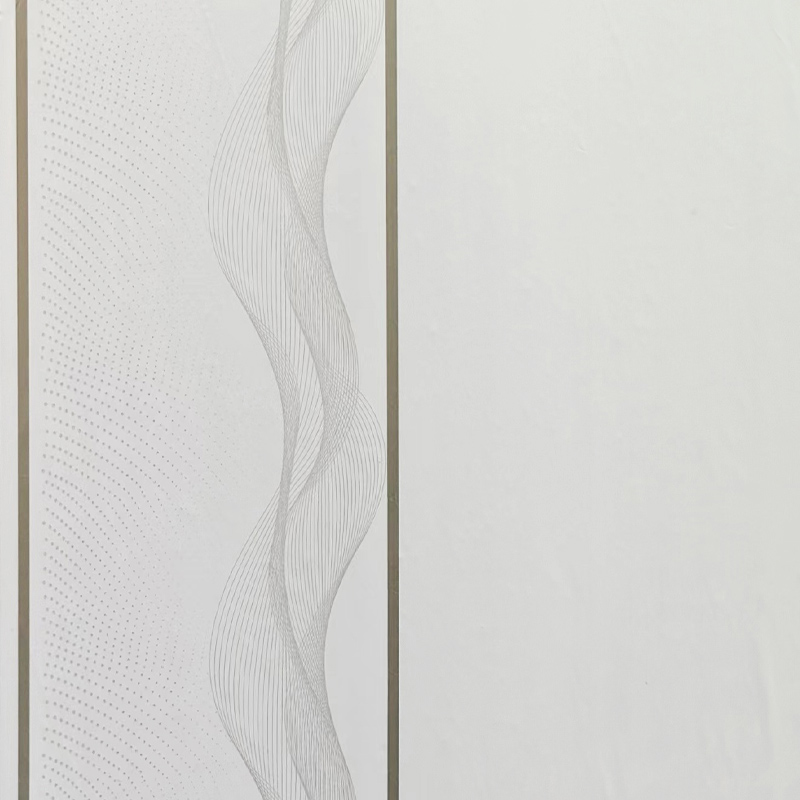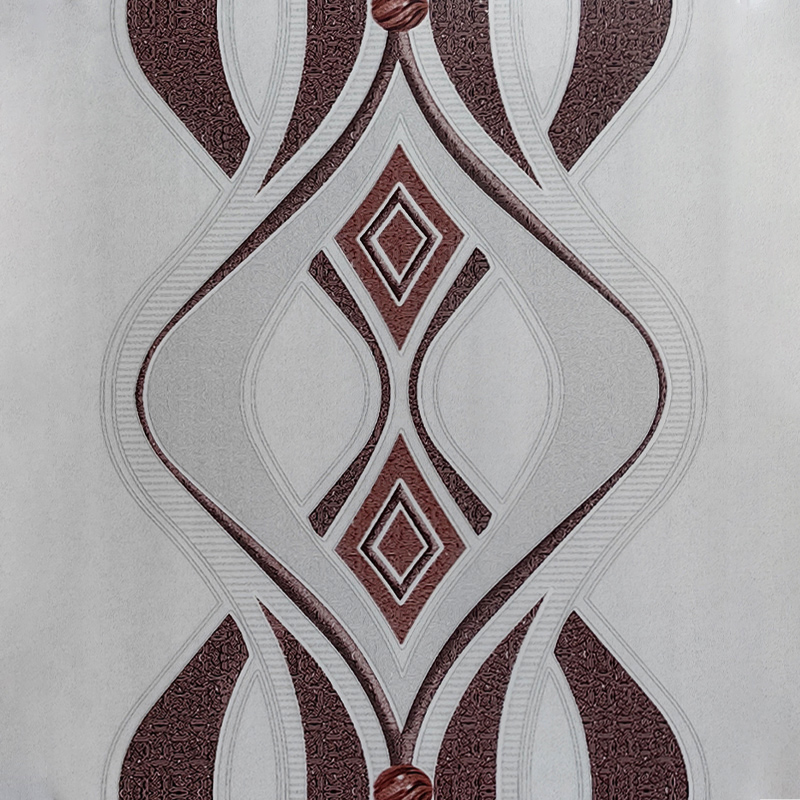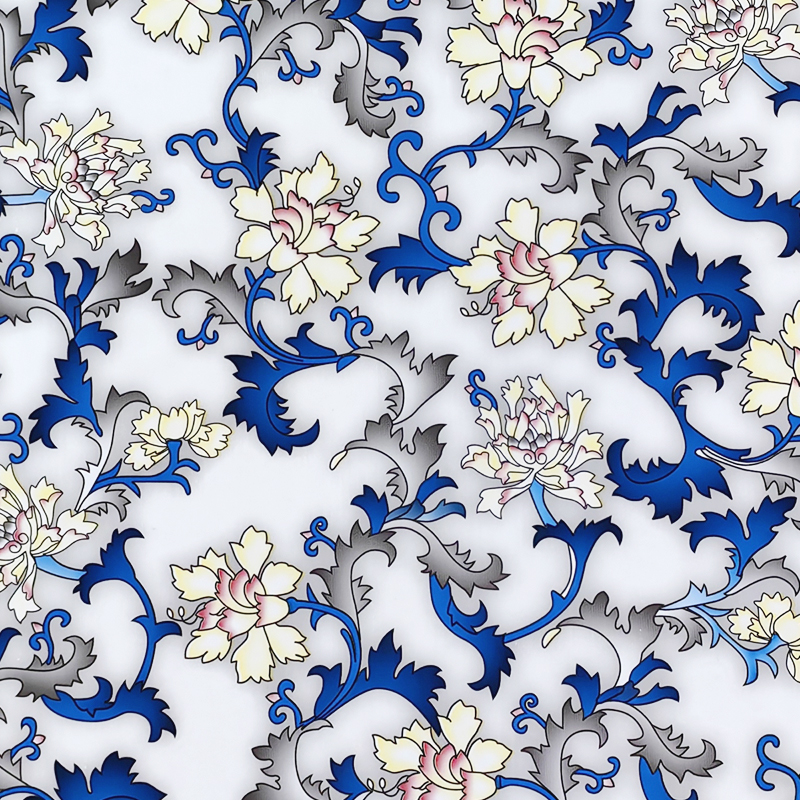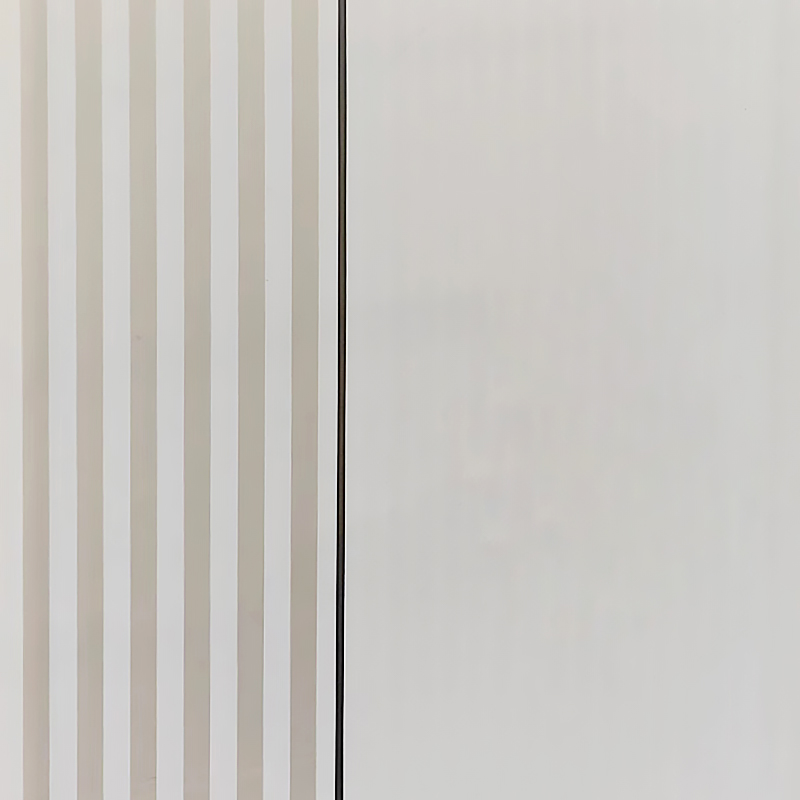How Does Polypropylene Foil Differ from Other Plastic Foils?
In the ever-evolving world of packaging and material science, not all plastic foils are created equal. Among the multitude of synthetic materials vying for dominance in commercial and industrial applications, polypropylene foil stands apart—not merely as an alternative, but as a strategic advantage. Its composition, performance, and sustainability profile offer a distinct departure from conventional plastic foils such as polyethylene, PVC, and PET. Let’s explore what makes polypropylene foil so singular.
1. Material Composition: Precision Meets Purpose
At its core, polypropylene (PP) is a thermoplastic polymer derived from propylene monomers. It is lightweight, semi-rigid, and engineered to deliver a high strength-to-weight ratio. Unlike polyethylene (PE), which prioritizes flexibility and softness, polypropylene leans into structural integrity. This translates to improved dimensional stability, particularly under thermal stress—ideal for applications demanding both form and function.
2. Thermal and Mechanical Resilience
Where other plastic foils falter under heat, polypropylene thrives. With a higher melting point (typically around 160–170°C), PP foil maintains its properties in environments that would deform or degrade standard polyethylene or PVC films. It resists fatigue, shrinks minimally, and retains its shape under load—a critical trait in packaging that must endure processing, sealing, or sterilization.
In mechanical terms, PP foil exhibits superior tear resistance and tensile strength. It does not stretch or puncture easily, making it an excellent choice for packaging sharp or heavy contents. Its stiffness provides a refined, crisp appearance that also facilitates high-quality print finishes.
3. Barrier Properties: The Invisible Shield
Polypropylene foil offers moderate barrier protection against moisture and gases—a middle ground between the lower resistance of polyethylene and the high-barrier capabilities of PET. While it may not match PET in oxygen impermeability, it compensates with a robust moisture barrier, ensuring contents remain dry and shelf-stable. For food, pharmaceutical, and cosmetic applications, this balance is often more than sufficient.
4. Clarity and Aesthetics
Visually, polypropylene foil can be manufactured with excellent optical clarity or a high-gloss, opaque finish depending on the desired application. In contrast to the duller appearance of PVC or the waxy texture of LDPE, PP foil provides a premium aesthetic—sleek, modern, and visually compelling.
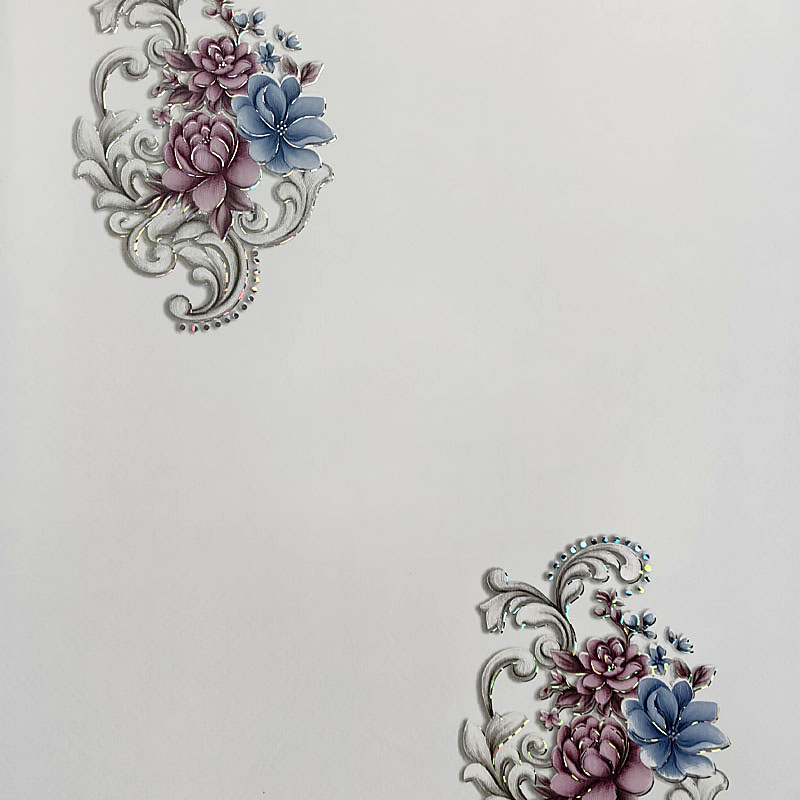
5. Chemical Resistance and Inertness
Polypropylene’s chemical inertness is another mark of its superiority. It resists acids, bases, and most organic solvents, making it a reliable material for both food-grade and medical packaging. While PET also offers good resistance, polypropylene is particularly adept at avoiding chemical leaching—a factor increasingly scrutinized in regulatory compliance.
6. Environmental Footprint and Recyclability
In today’s sustainability-conscious market, material selection is no longer just about performance—it’s about responsibility. Polypropylene scores well here. It is 100% recyclable and uses less resin compared to alternatives for the same performance. Its lower density (0.90 g/cm³) contributes to lighter-weight packaging, reducing transportation emissions and material consumption.
Unlike PVC, which is notoriously difficult to recycle and often ends up in landfills, polypropylene integrates more easily into existing recycling streams, particularly those marked under resin code #5.
A Calculated Choice for Modern Demands
Polypropylene foil is not a generic plastic alternative—it is a high-performance, versatile, and environmentally attuned material engineered for modern packaging challenges. From its thermal stability and mechanical strength to its recyclable nature and aesthetic appeal, PP foil delivers a compelling package of benefits that others in its class struggle to match.


 English
English русский
русский Español
Español عربى
عربى bahasa Indonesia
bahasa Indonesia
